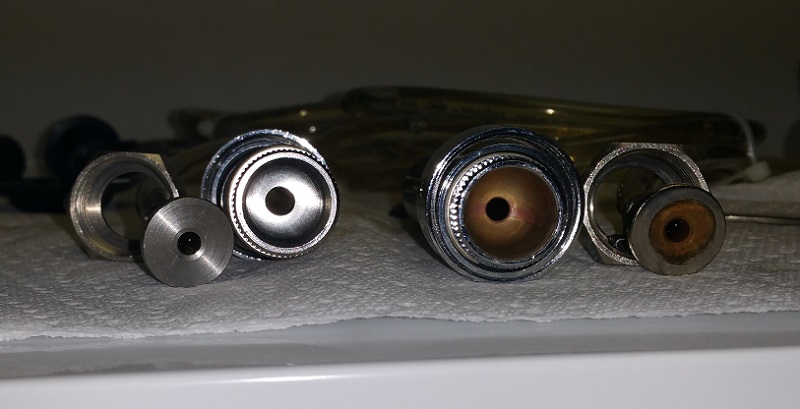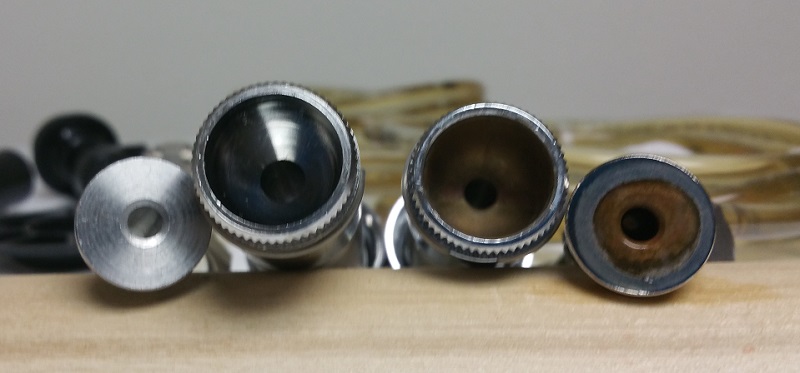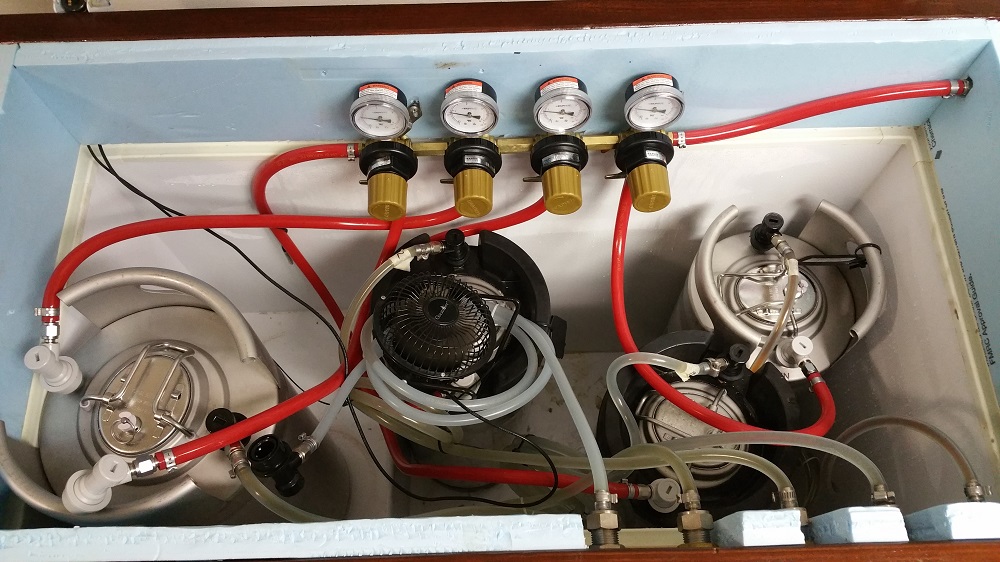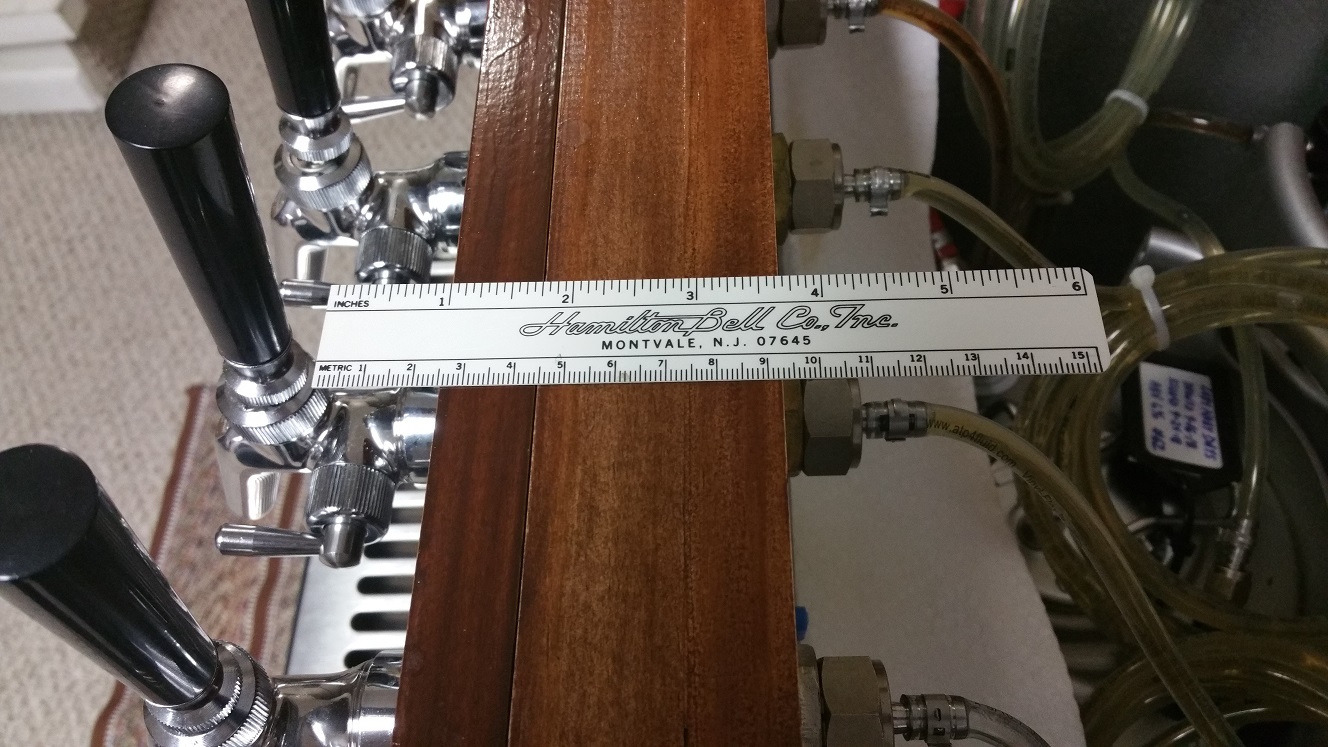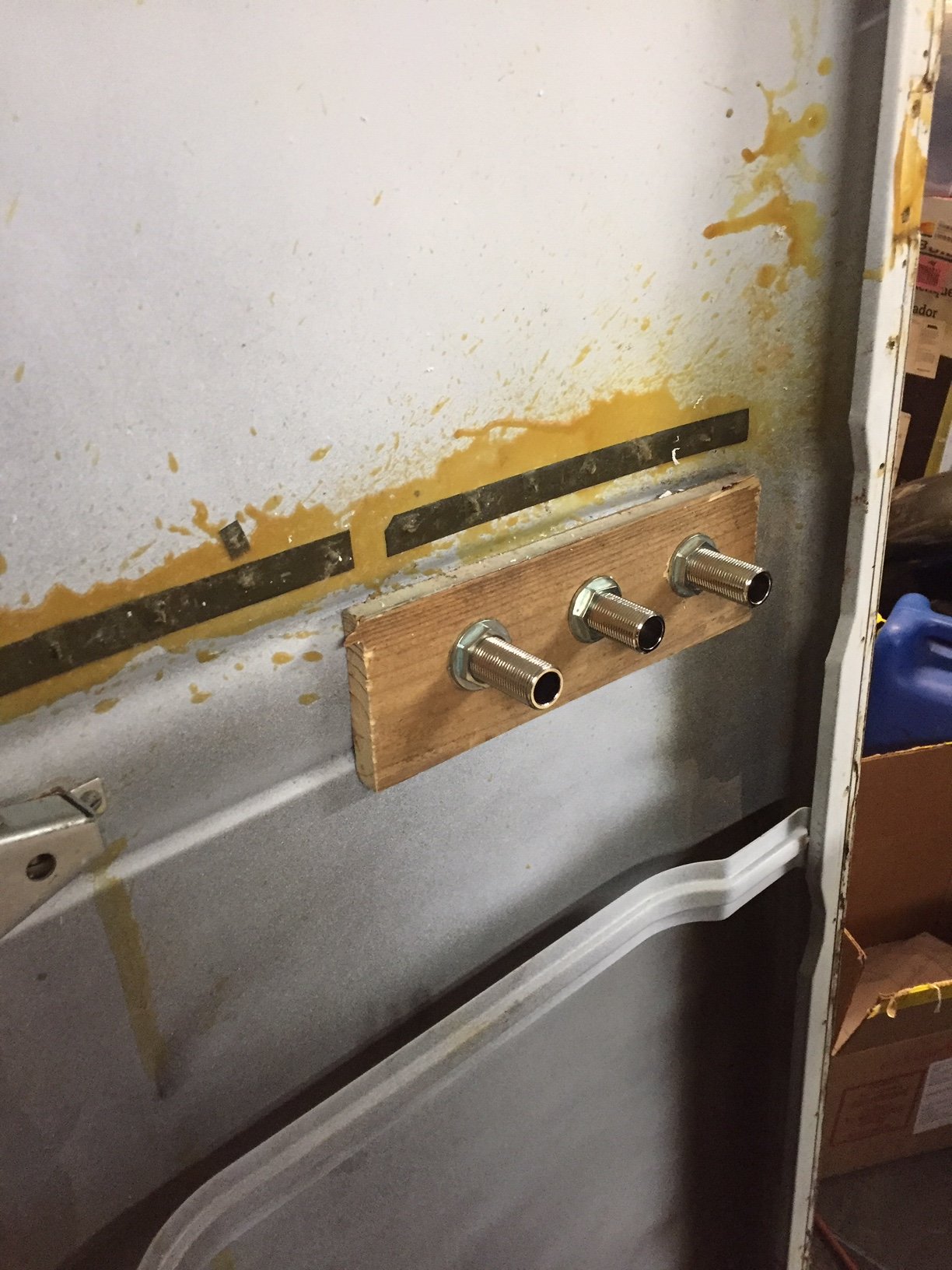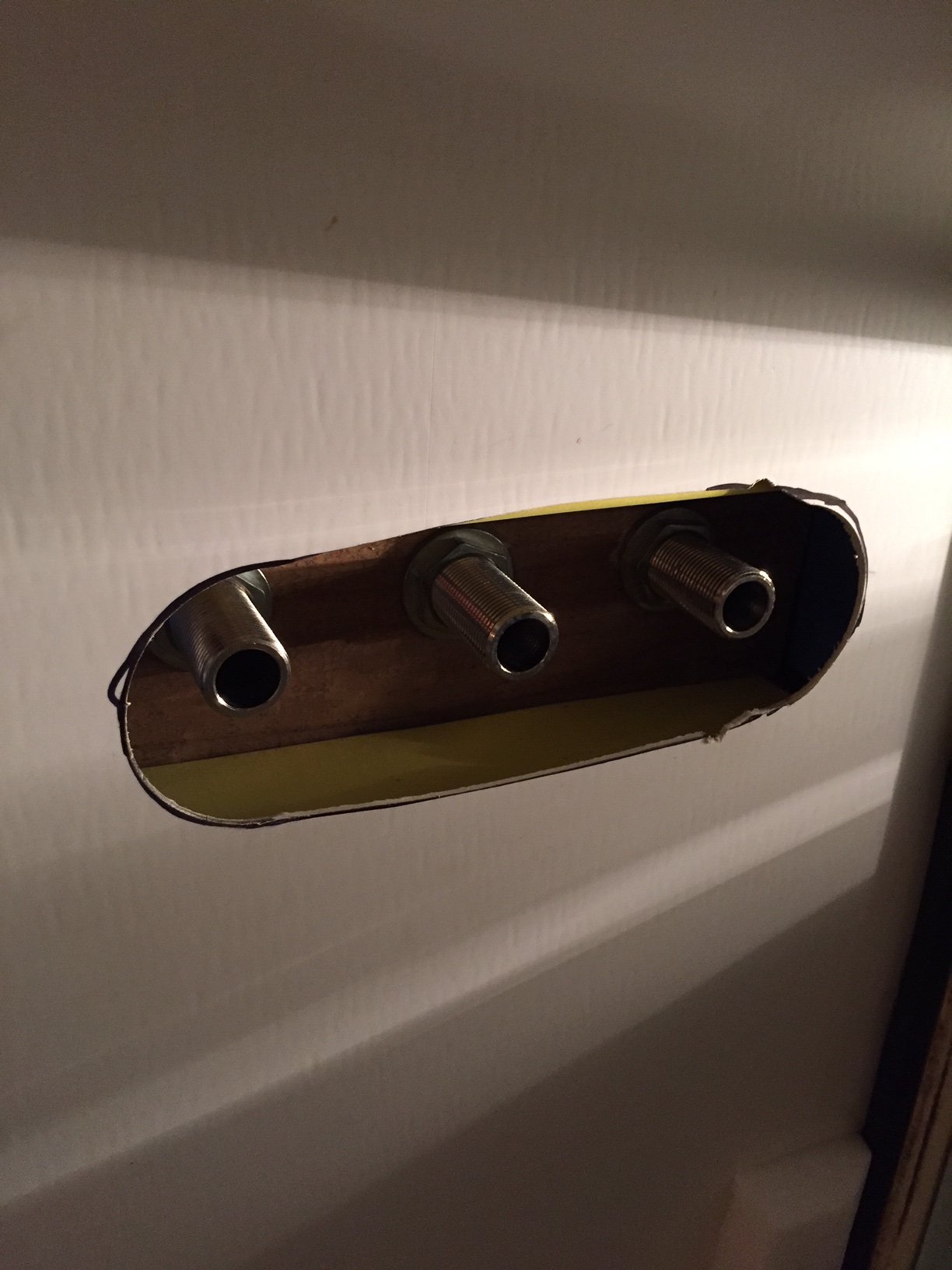Hmm... subject sounds kinda criminal. I'm writing about the shank used in a keezer. I've ready read so many conflicting opinions about shank length.
Should I use a shank fitting the keezer collar or a much larger shank? I've read pros and cons on both and I'd like replies from those I trust and actually brew (meaning this forum).
Thanks.
Should I use a shank fitting the keezer collar or a much larger shank? I've read pros and cons on both and I'd like replies from those I trust and actually brew (meaning this forum).
Thanks.
Last edited:


![Craft A Brew - Safale S-04 Dry Yeast - Fermentis - English Ale Dry Yeast - For English and American Ales and Hard Apple Ciders - Ingredients for Home Brewing - Beer Making Supplies - [1 Pack]](https://m.media-amazon.com/images/I/41fVGNh6JfL._SL500_.jpg)























































